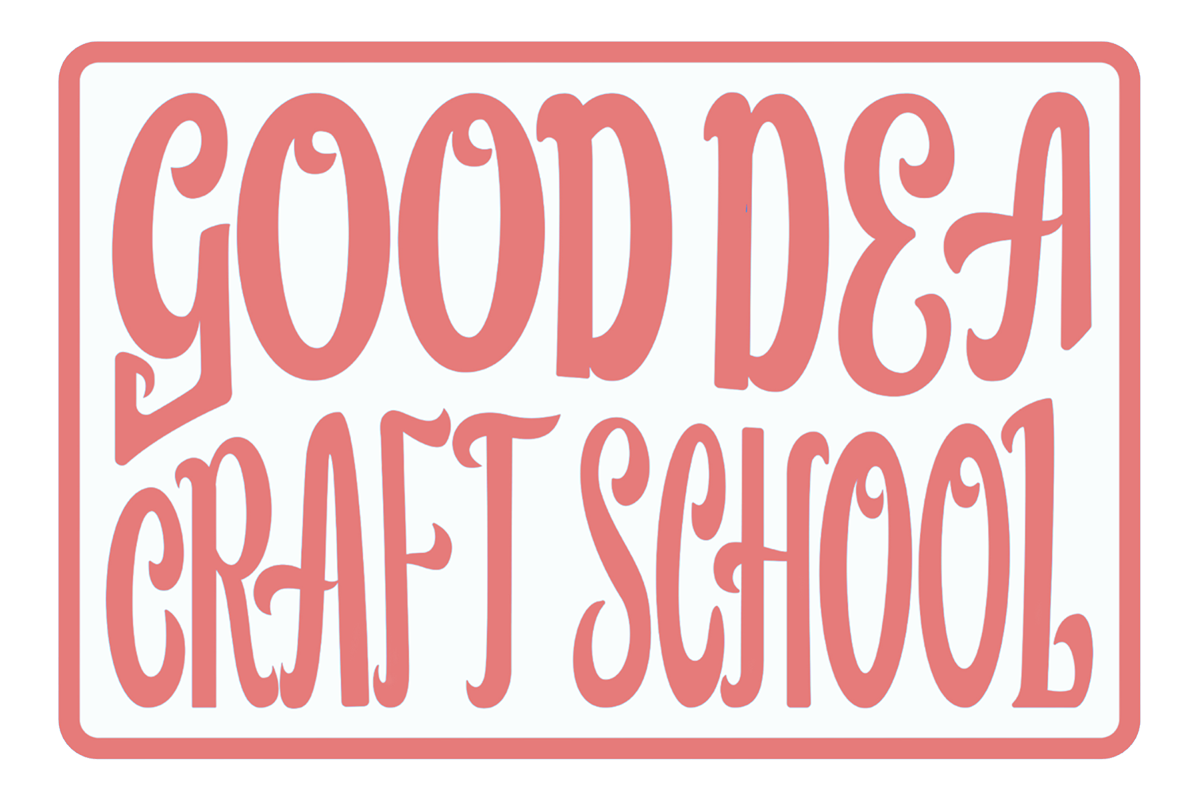The Personal Perfumer of CBus
Inside a nondescript four plex in Beechwold, a world is being unlocked.
Perfumer, Pamela ODea, collects rare and exotic essential oils from black hemlock to white oud and jasmine then combines them in complex and unexpected ways to create personal fragrance like you have never seen before.
When discussing her ingredients she explains, “There is so much available on the market for perfumer’s. We have the ability to build a collection of materials that are natural and eco-friendly. High-end manufacturers are seeing the demand and have switched to greener practices as well.” Which means that materials that began as petrol-powered chemicals in fragrance are now created through molecule isolation without by-products; and that is good news for perfumers and consumers.
Perfumers have changed their buying habits and it’s refreshing to see. In a world where corporations push cheap products, perfumery is standing strong. “I am committed to finding new ways of creating the effervescence and longevity that fragrance lovers want, without ingredients that they don’t.” With advances in green chemistry over the past decade, essential oils, absolutes, and isolates are not only less expensive to make, but better for the environment.
The world of fragrance has seen a shift from a few very popular compounds and fragrance houses to an explosion of boutique perfumeries. However, this is not a craft one can pick up easily, “Don’t try this at home.” Pam says, “Not without training. Even natural materials can be hazardous at a certain potency without PPE.” The International Fragrance Association publishes guidelines for perfumers on potency, and focuses on transparency in the perfume industry. “If a material is not approved by IFRA, I don’t use it. If it is, I still have my own research to do before I put it in my formulas.” We aren’t blending paint here.
There are a range of changes that happen when two materials are blended, whether natural or aroma-chemicals. Scents can blend and create entirely new notes, even weeks later. This in the perfumer vocabulary is called an accord. “Accords, in their simplest form, are when two or more materials combine to create a new scent. Sometimes it’s amazing and powerful and breathtaking. Sometimes, it’s terrible. Even more rarely, they cancel each other out.” That’s what makes perfumery a combination of science and art. “There is a lot of experimentation that happens. Each time I bring in a new material, there are weeks of tests that happen before I consider adding it to my own blends. It’s tedious but worth it.” The work that happens behind the scenes ensures that customers get the best quality and most consistent fragrances possible.
You may have seen her newest project, The Perfume Bar, at markets and private celebrations around Columbus. A booth with fragrance bases and notes where guests can blend their own custom perfumes. “It’s a blast for me just as much as it is for the guests.” Pam says through her smile, “I spent a lot of time choosing the right 25 notes for the bar and even after a year I still see new blends.” Guests choose one base fragrance, from spicy and musk to floral and sweet, then choose two notes to customize the fragrance. “There are 1800 different combinations possible in the classic perfume bar and I always bring a few ‘guest’ notes.” She chooses her guest notes based on the season and customer preferences. “I want everyone to make something new no matter how many times they come to The Perfume Bar, there should always be something exciting to try.”
Catch The Perfume Bar at their next event or book your own private experience Here!
